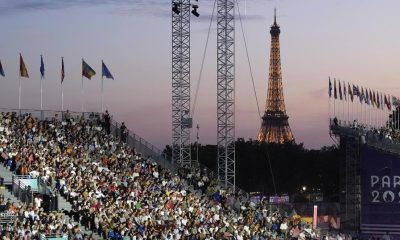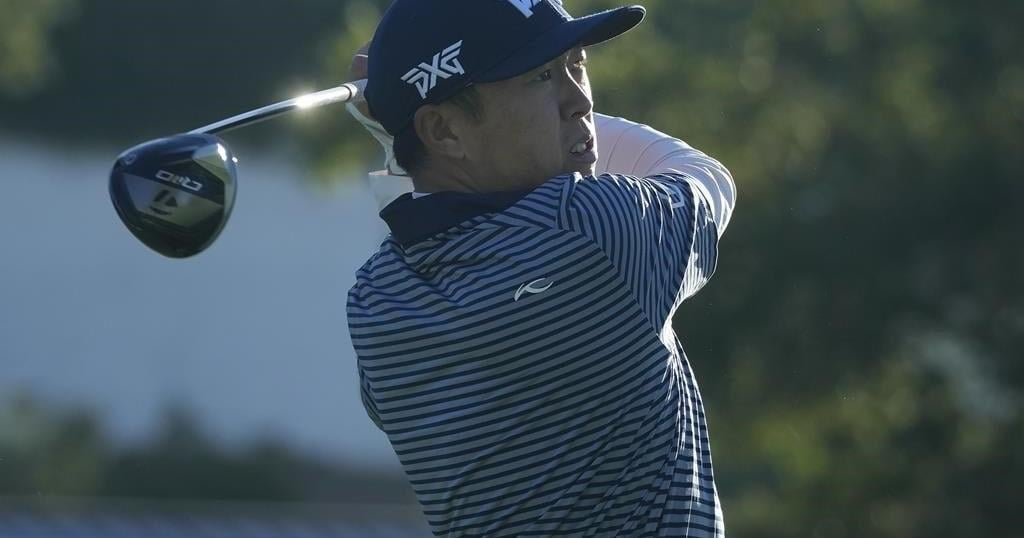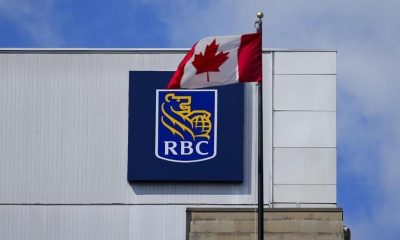Vancouver, Canada- Morgane Oger, Vancouver‘s aspiring city councillor, has shared some fundamental ways that 2SLGBTQIA+ migrants can use to enter Canada.
Although Oger is not a lawyer, she has cited that the four legal ways to get into Canada are, a skilled worker program for permanent residency, temporary foreign worker, asylum claim inside Canada through the Inland Refugee Process or the United Nations High Commissioner for Refugees (UNHCR) resettlement protection.
“Skilled worker program:
This is the most-used path to immigrate to Canada. By far, it is the best way to safety for 2SLGBTQIA+ persons. The Federal Skilled Workers Program (FSWP) is what it is called, and Canada invites skilled workers to move to our country, currently 400 000 per year.
To be eligible for a Canada Immigration (Permanent Resident) Visa under the FSWP, you must meet these four criteria, have at least one year of continuous full-time, or equivalent, paid work experience in the past 10 years in a skilled occupation, have validated language test results equivalent to Canadian Language Benchmark (CLB) 7 in English or French across all abilities, have a Canadian educational credential (certificate, diploma, or degree) or foreign credential supported by an Educational Credential Assessment (ECA) report, and have enough settlement funds for settlement in Canada once in Canada as a Permanent Resident.
To be eligible for Canadian citizenship you must be physically present in Canada as a permanent resident for 1 095 days within the five years immediately before applying for citizenship. Only the five years preceding the date of your application are taken into account.
Temporary foreign worker program:
The Temporary Foreign Worker Program (TFWP). It allows people to work in the country for only six months, with the possibility of extensions. During this time, the foreign worker is allowed to only work for one employer and they get a work permit and visa. They can live in the place in Canada where their job is and must abide by Canadian laws. This is one way to wait for things to get better at home and if the work runs out there is an option to use the Inland Refugee Process.
The last two other options for finding safety in Canada rely on applying for asylum and are far more unpleasant and much slower. These options should only be considered as a last resort.
Inland refugee process:
In Canada, everyone is protected from discrimination on the basis of the following grounds, race, national or ethnic origin, colour, religion, age, sex, sexual orientation, gender identity or expression, marital status, family status, genetic characteristics, disability and conviction for an offence for which a pardon has been given.
Any foreign citizen who is authorized to enter Canada qualifies to apply for asylum in Canada under the Inland Refugee process in Canada or at a port of entry.
This process, however, requires you to be eligible for entry into Canada. This most often means that it requires a visa to travel to Canada. Getting such a visa is difficult if you do not have strong ties to your country of origin and if you can not show the funds to pay for your trip.
If you make a refugee claim, Canada will decide if it can be referred to the Immigration and Refugee Board of Canada (IRB). The IRB is an independent tribunal that makes decisions on immigration and refugee matters.
Your refugee claim may not be eligible to be referred to the IRB if you are recognized as a Convention refugee by another country that you can return to, were granted protected person status in Canada, arrived via the Canada–United States border or by air from the United States, have made a refugee claim in another country as confirmed through information-sharing, are not admissible to Canada on security grounds or because of criminal activity or human rights violations, made a previous refugee claim that was not found eligible, made a previous refugee claim that was rejected by the IRB abandoned or withdrew a previous refugee claim.
The IRB decides who is a Convention refugee or a person in need of protection. Convention refugees are outside their home country or the country they normally live in. They are not able to return because of a well-founded fear of persecution based on race or ethnicity, religion, political opinion, nationality or place of origin, being part of a social group, such as women or people of a particular sexual orientation or gender identity or expression.
A person in need of protection is a person in Canada who can’t return to their home country safely. This is because, if they return, they may face the danger of torture, the risk to their life, risk of cruel and unusual treatment or punishment.
UNHCR protection:
Anyone fleeing violence at home can travel to a 3rd country and seek United Nations protection at a UNHCR office and ask for refugee status. The UNHCR then names a Refugee Status Determination (RSD). Unfortunately, the RSD process can take years.
Any UNHCR facility anywhere in the world will process a refugee claim but it is important to know that UNHCR staff in every country are from that country.
If you are fleeing violence and seek UNHCR protection in a country that discriminates against you because of who you are, it is important to understand that the staff in the host country are likely to hold bias against you.
Seeking UNHCR refugee status is a long and difficult process that takes years, and until RSD has been completed, persons are prohibited from working in the host country. People who are going through this process are extremely vulnerable. This should be undertaken if all other options have failed,” said Oger.
In addition, Oger said that that fleeing persecution should always remember to carry a passport or a UNHCR document as there are no exceptions to that rule as well as proof of citizenship or birth certificate.
Related


































